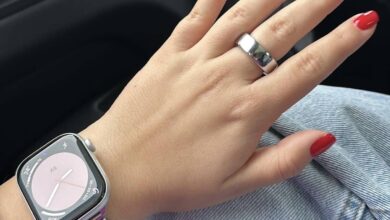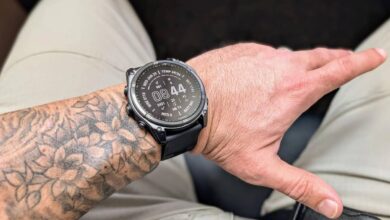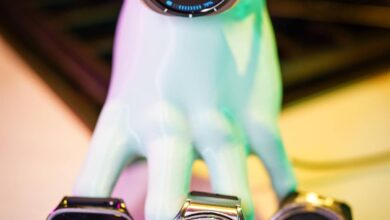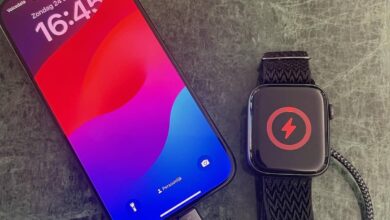Best Smartwatches with Long Battery Life – Tested & Approved
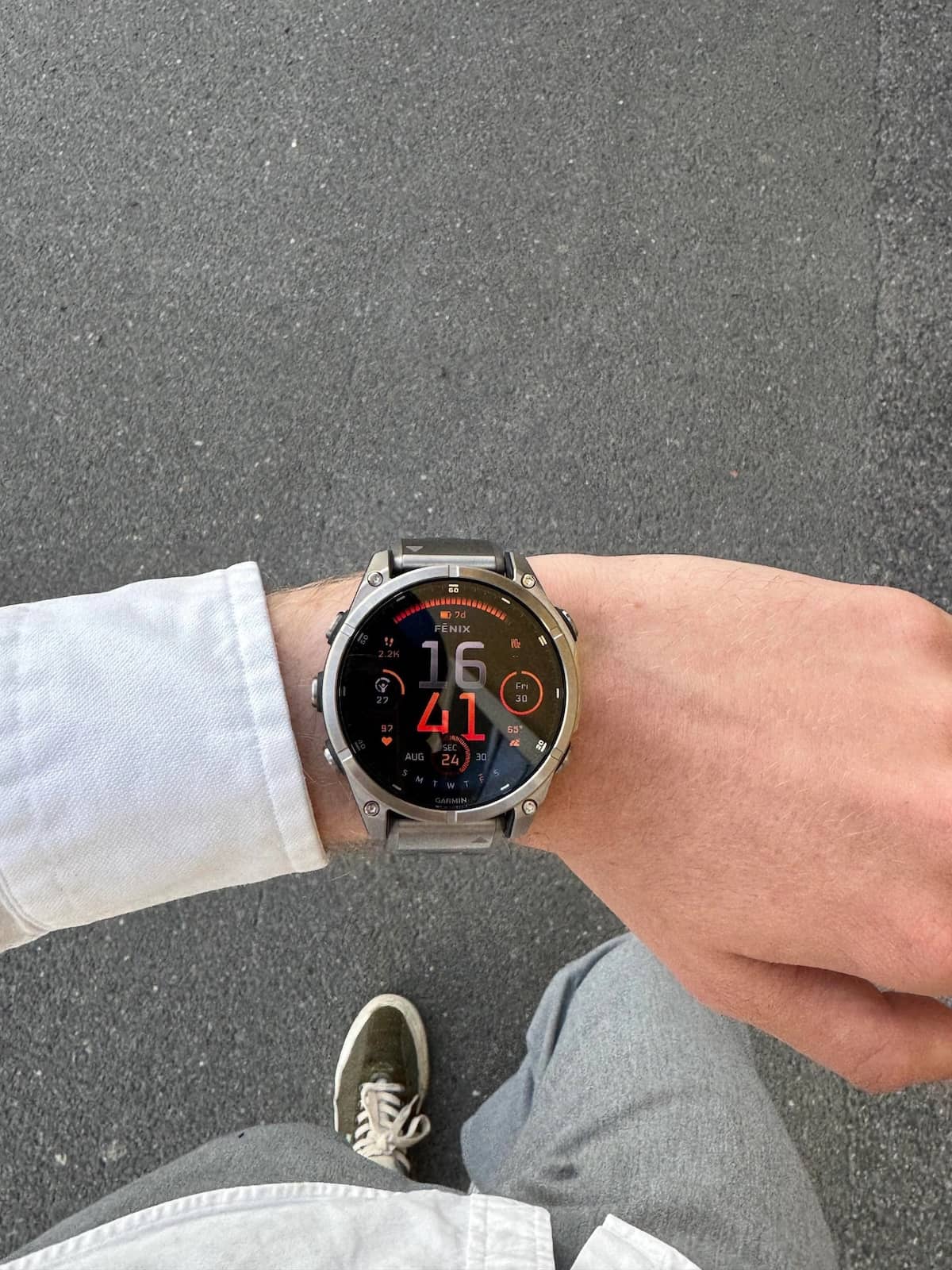
The first instinct when a smartwatch review comes up is to write about new features. The screen is a tiny bit bigger, the display brighter, and its fitness or health tracking capabilities are better. Not today, not in this post. The best smartwatch with long battery life can’t be about incremental updates. Ironically enough in this case, these feature improvements are exactly what consumes battery energy, leaving them prematurely discharged and useless until a charging outlet can be located.
Smartwatches become wristbands when they’re out of juice. Wearers tire of this and return them, perhaps for a simple long-lasting Fitbit Charge 6, a device built to operate an entire week. Technically, this is a health tracker, not a smartwatch. To restore the tarnished reputation some smartwatches have earned—you know who you are—we’ve decided to turn the normal approach to wearable reviews on its head. Today, we’re all about battery longevity, with features coming in a close second.
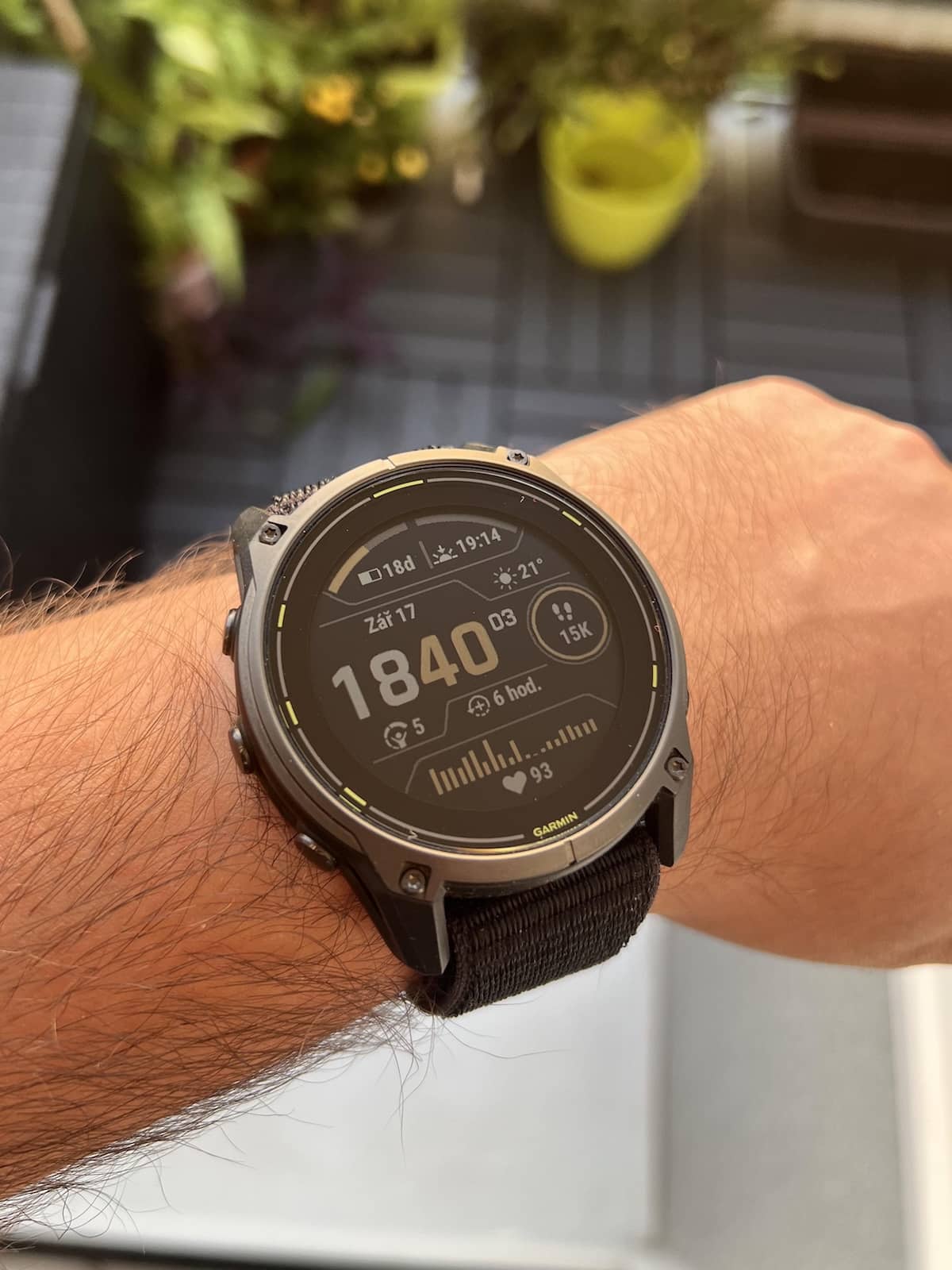
How We Prioritized Battery Life Rankings
Compromises are necessary when owning a smartwatch. The full color display drains small batteries quickly. Then there’s the possibility of an always on screen, which users choose because they want to see the time or fitness data when their hands are otherwise occupied. What about background processor tasks? Apps are tracking heart rates and looking at GPS info. Apps compete for clock cycles, Bluetooth and Wi-Fi connectivity snatches up the last available bit of leftover energy, and the screen darkens as the juice pours out.
The user method of lengthening the lifespan of an energy-hungry smartwatch is to turn certain features off. Turn that always on display off, opting instead for a smart display when your wrist flips up to your face. Turn off constant notifications from rarely accessed apps, and limit cellular data (on LTE compatible models) so that your phone pairing takes priority. All well and good, right? But what if a consumer doesn’t want to limit their smartwatch? It’s a fair request, to be honest.
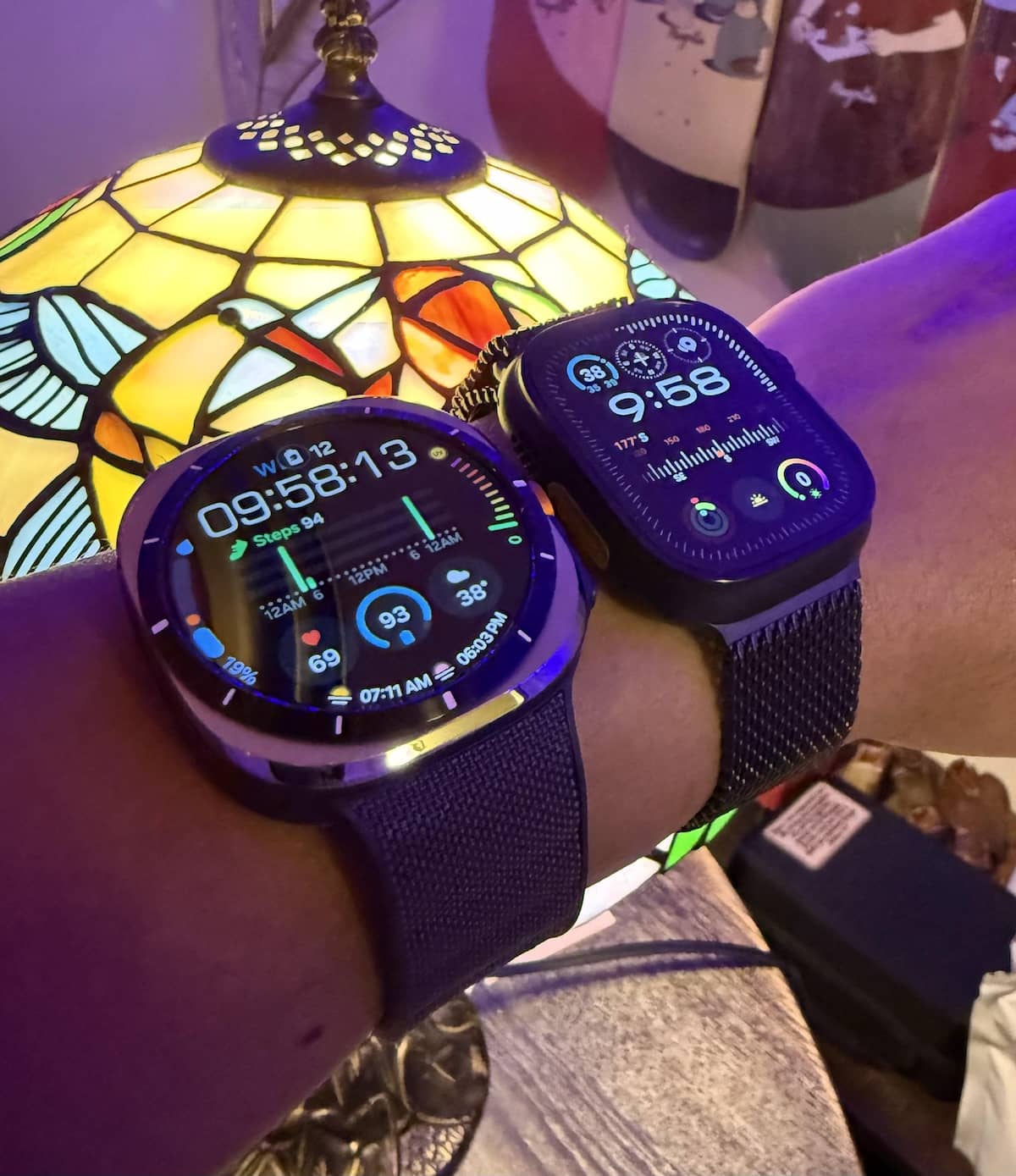
All that said, it’s time to (Get the obvious puns out of the way) get this review moving, starting with the Apple Watch Ultra 2.
The 6 Smartwatches with Longest Battery Life (Never Run Out Again)
Apple Watch Ultra 2 Smartwatch
The titanium-bound black case surrounding the Apple Watch Ultra 2 long-life lithium-ion battery is sleek and stylish, giving the smart timepiece a modern yet rugged aesthetic that stands up well to the occasional bumps and scrapes of normal life. Is it the best smartwatch with long battery life capabilities? Let’s look deeper, starting with the Low Power Mode that restricts certain onboard processes.
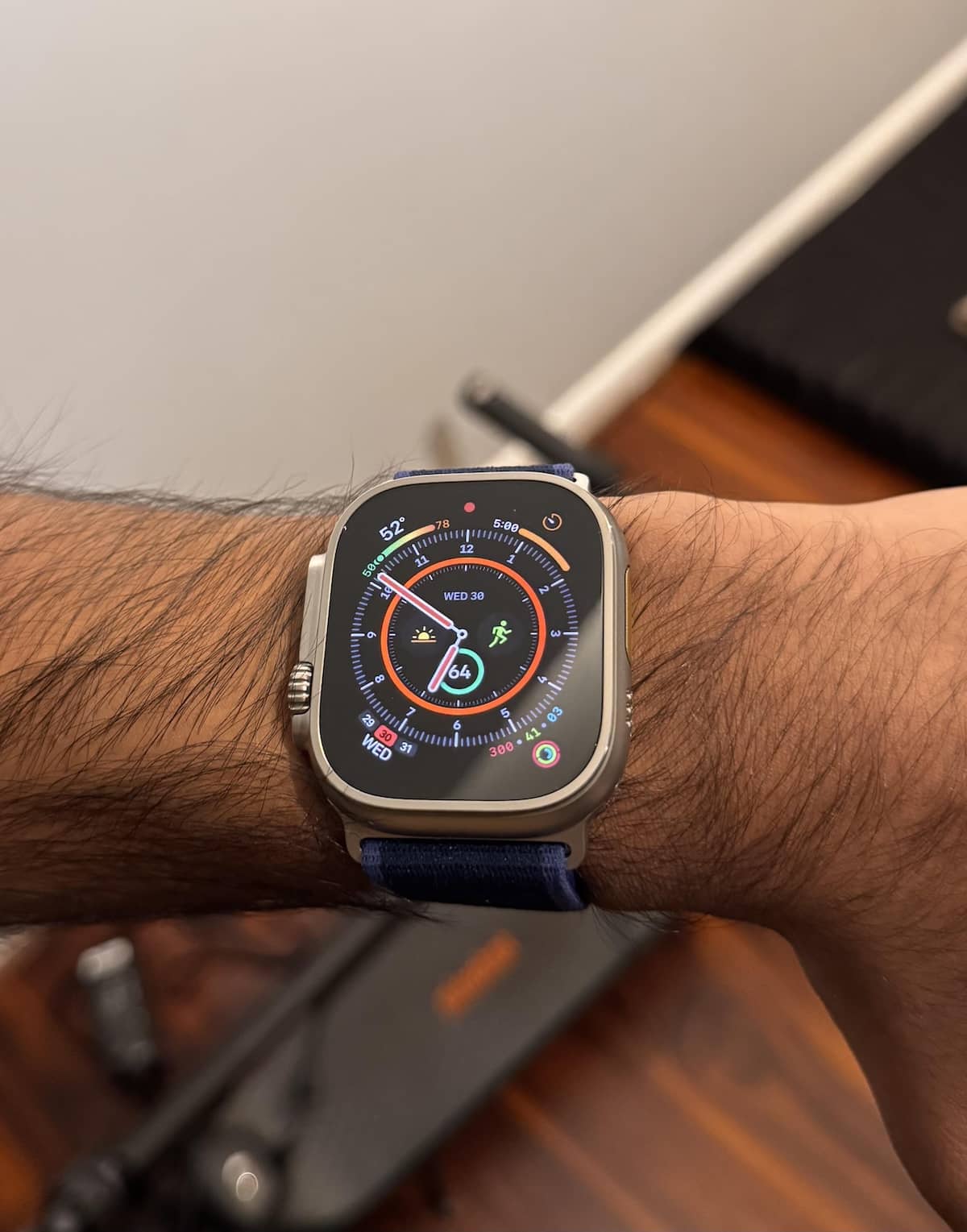
Endurance tech check – A slew of power eating perpetrators exist among the features of the Apple Watch Ultra 2. The water resistant 49mm case is big enough to showcase that Retina display, yet the watch weighs little more than 61.4 grams. For that size, there’s a temperature sensor, accurate heart rate monitor, compass, water temperature sensor, and more. Then there are buttons aplenty, all perfectly blended against the 14.4mm deep titanium case.
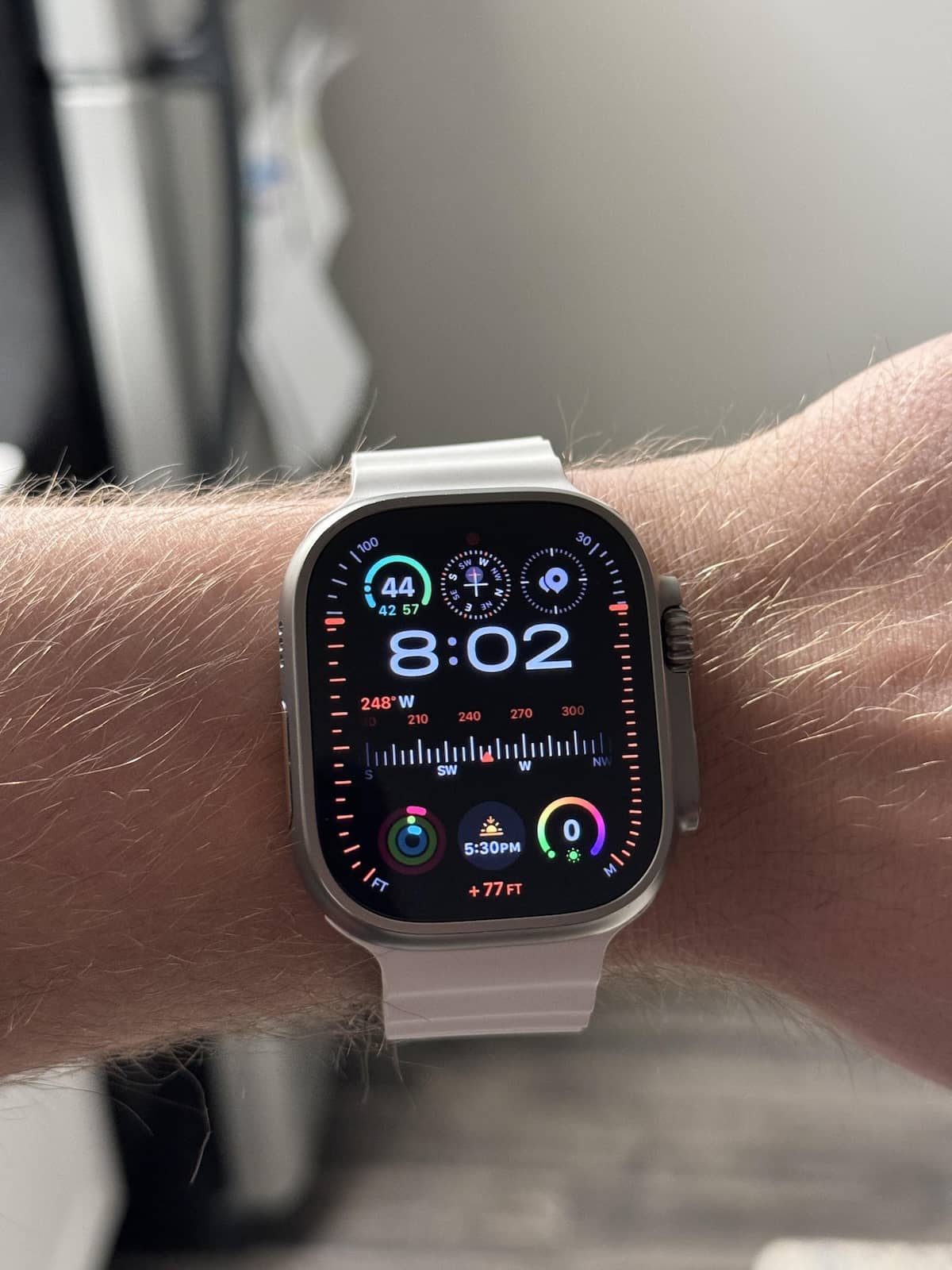
With a 36 hour regular battery lifespan, power consumption drops further when low power mode is active, earning the smartwatch a 72 hour battery life. Some functions are restricted when that mode is active. Recharges fast, 80% ready for workout action after only one hour.
Samsung Galaxy Watch 5 Pro
A 45mm face dominates the titanium chassis of the Samsung Galaxy Watch 5 Pro. Its screen—perhaps the biggest juice guzzler—is designed to display 16 million colors via its Samsung perfected AMOLED screen. Under the hood, a zippy dual-core CPU monitors an impressive range of health and fitness trackers. Taking a deep breath, they are as follows: A barometer, optical heart rate sensor, bioelectric impedance analysis sensor (Body fat and skeletal mass measurements), and accelerometer and gyro. Good as they are for monitoring countless bodily metrics, that’s a lot of electrical activity to manage.
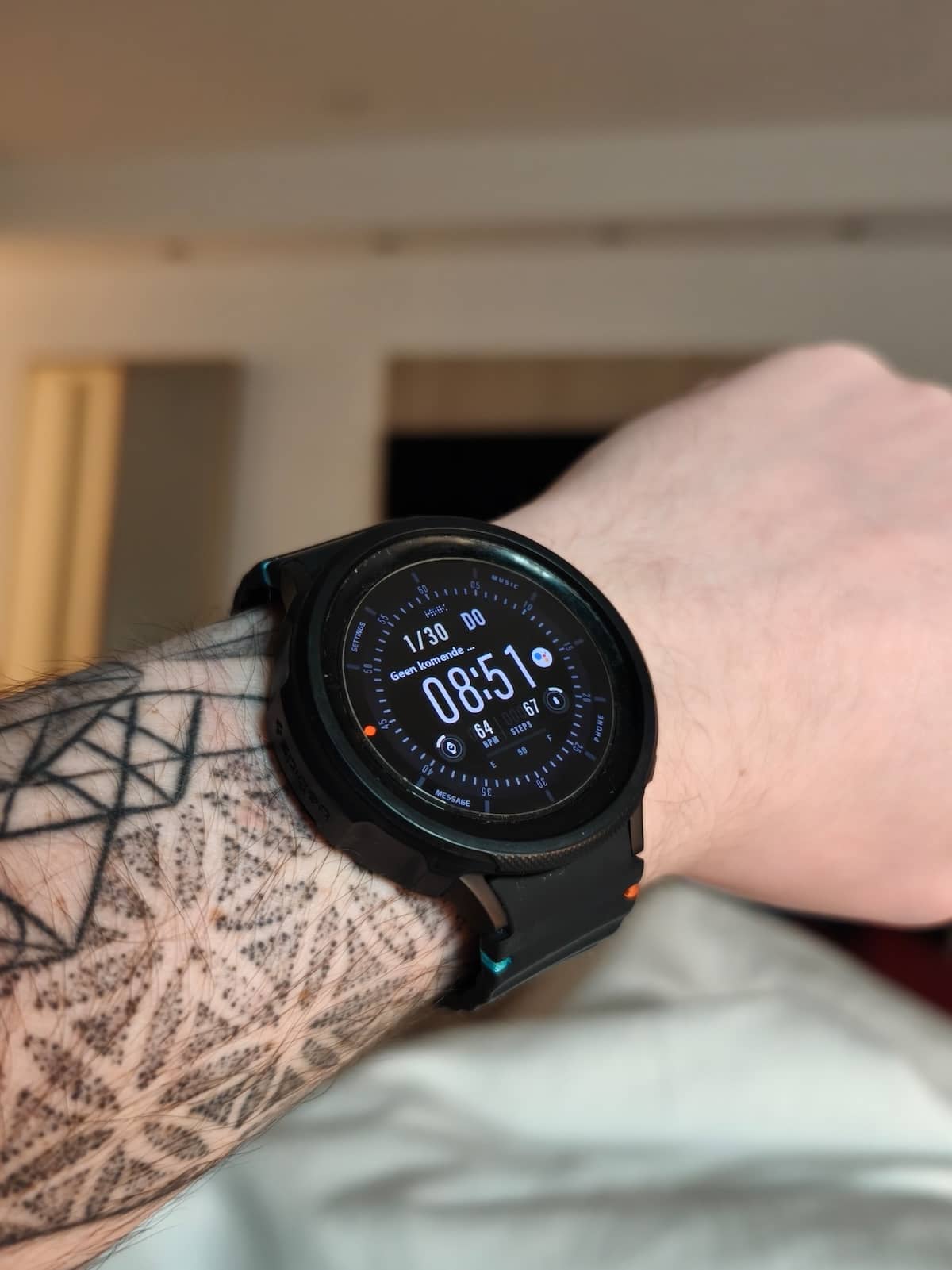
Endurance tech check – Seeing as how we’re wearing a Samsung device for this review, out and about to count calories on Route Workout or laying in bed to test out the improved sleep tracking, we were quick to accept the rugged build quality of this wearable device. Its near indestructible titanium case is supported by clear scratch resistant Sapphire crystal, easily repelling the sort of impacts that would shatter conventional watch face glass.
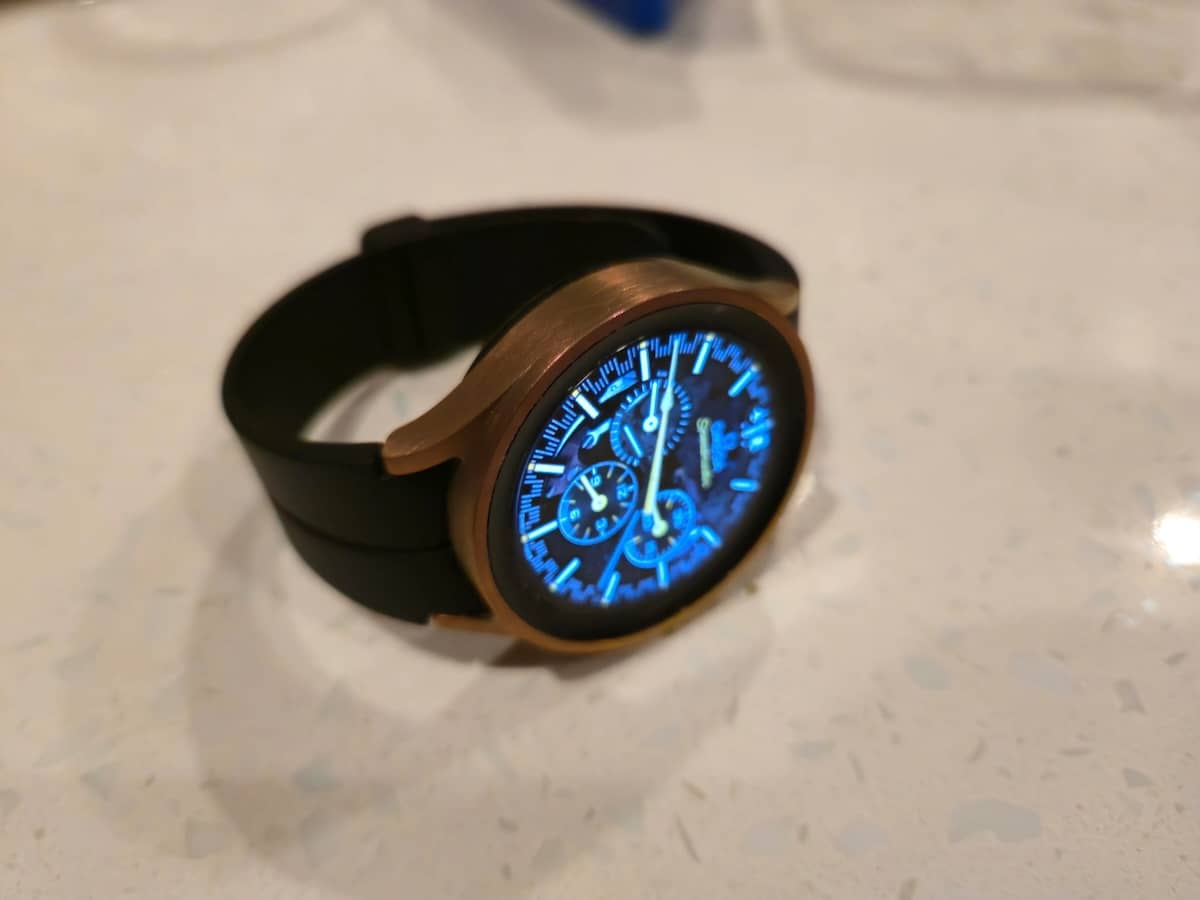
Back with battery longevity, the 590mAh rechargeable power supply and software monitored hardware optimizations in this Bluetooth and 802.11a/g/n/ac connected wearable help the 10.5mm device stay active for around 80 hours. That’s over three whole days of health tracking and Wear OS usage, assuming the Always-On Display (AOD) is turned OFF.
Garmin Fenix E Smartwatch
We thought long and hard about including a model without tight Wear OS integration. The operating system bridges the gap between proprietary smartwatch apps and the huge Google built app collection, including scores of desirable third-party ones that are indispensable to many. Slipping into our loaner Garmin Fenix E, though, its 47mm outdoorsman watch face had our adventuring mindset calling out for attention.
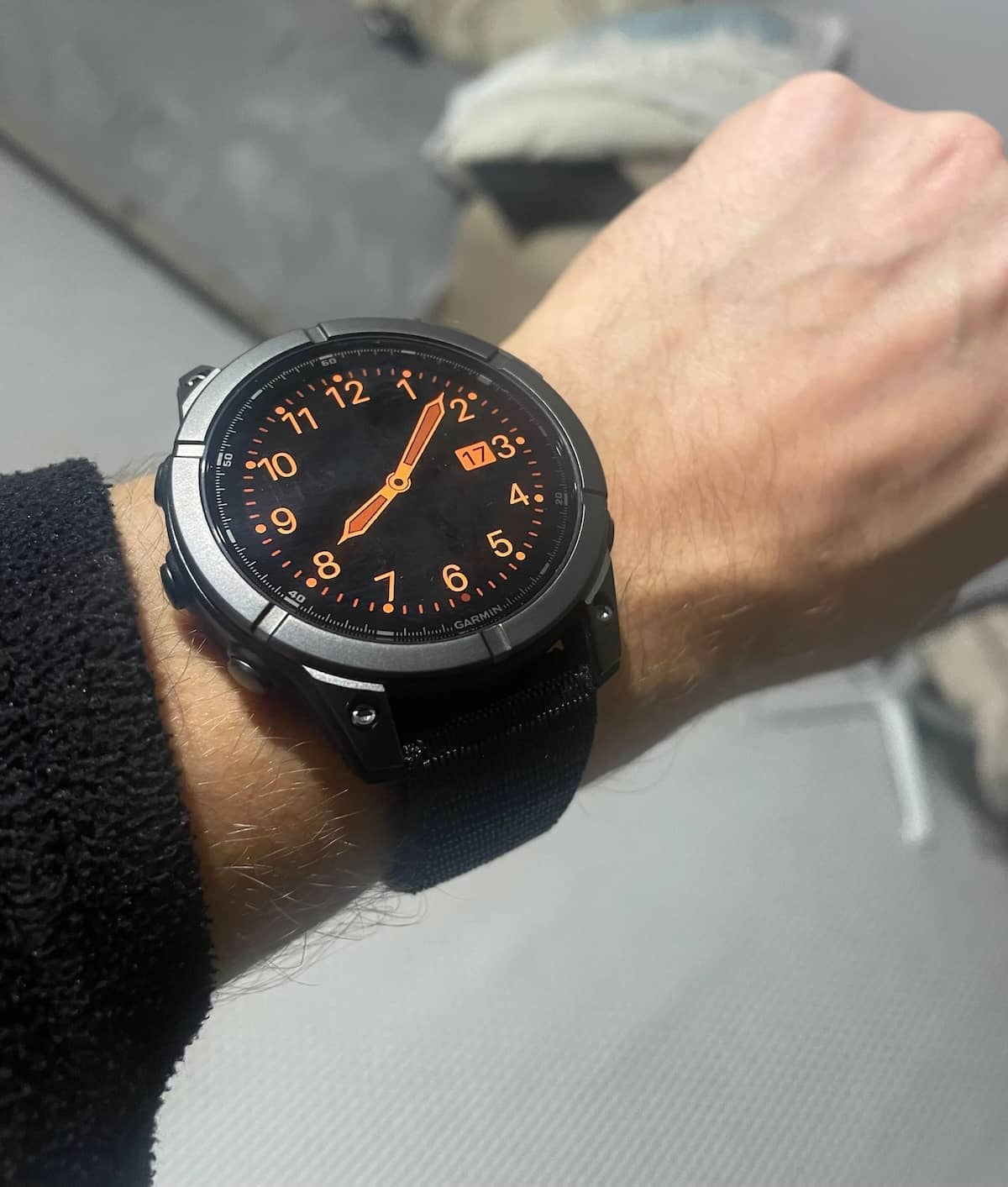
Endurance tech check – Perhaps we’re stating the obvious, safely sheltered in our warm offices, but there are no charging outlets in the wilderness. A best-in-class wearable like the Garmin Fenix E, built out of titanium and further toughened by a Diamond-Like Carbon (DLC) coating, demands an endurance-designed battery. Otherwise, the built-in LED flashlight will quickly drain power and leave the smartwatch dead until the wearer returns to their hostel.
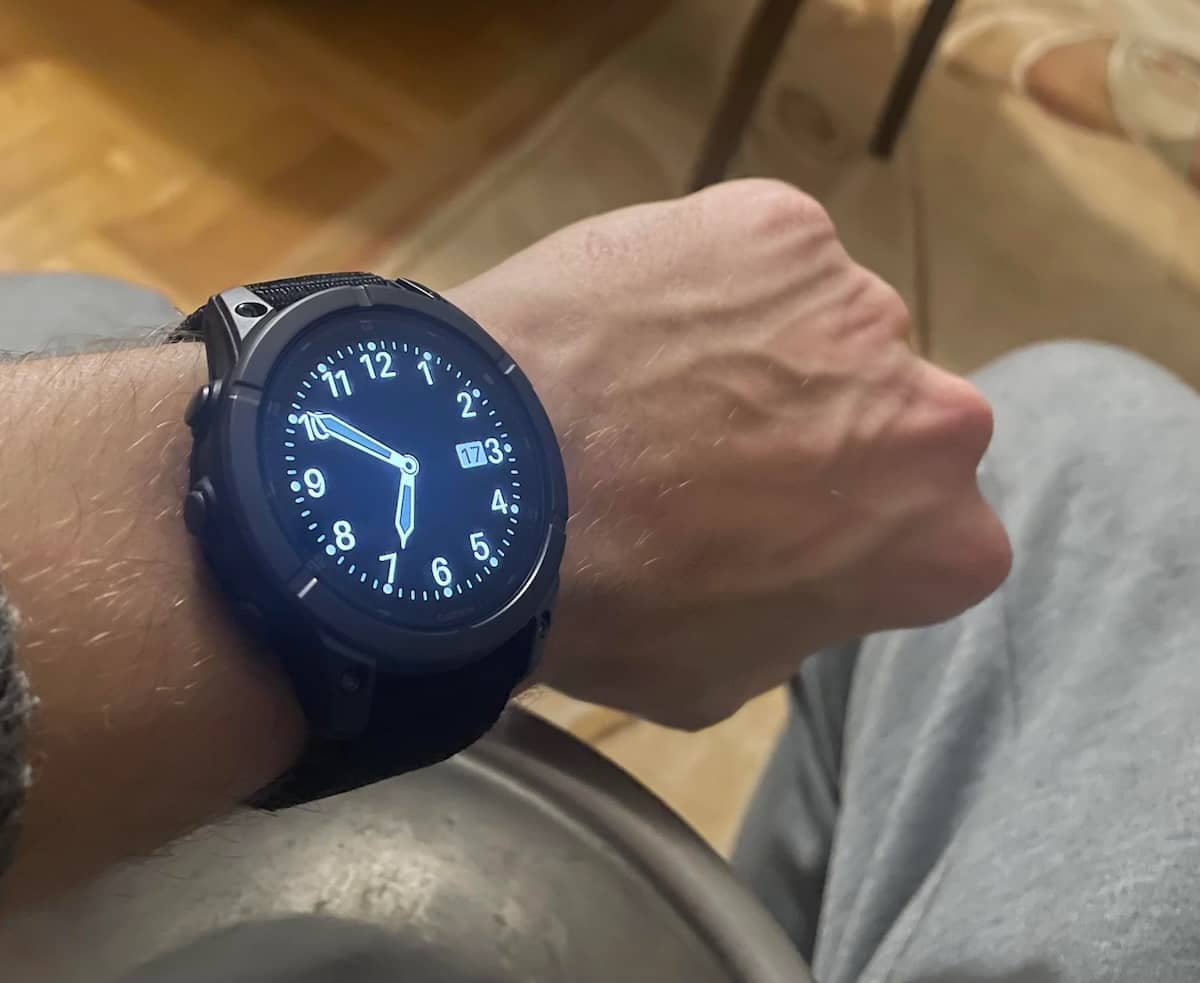
Capable of tracking fitness in any environment, of measuring heart rate and oxygen levels while paddling or swimming or running, the Garmin wearable delivers 16 days of typical use, although that figure drop to 6 days when AOD is active. There’s also a Battery Saver Watch Mode, restricting certain features and upping battery life to 21 days. That’s three weeks of wilderness adventuring.
Huawei Watch GT 5 Pro Smartwatch
It’s not cheap, but then neither are Garmin wearables, but the Huawei Watch GT 5 Pro does enter the lower fold of our best smartwatch with long battery life post because of its talent for avoiding constant visits to a recharging outlet. Premium looks grace the smart timepiece, giving the device a stylish aesthetic that doesn’t fall short of our high bar for smartwatch design and build quality. Before talking about that long lasting power source, however, we’re going to perform a little on-wrist testing, calling in our review guru editor this time.
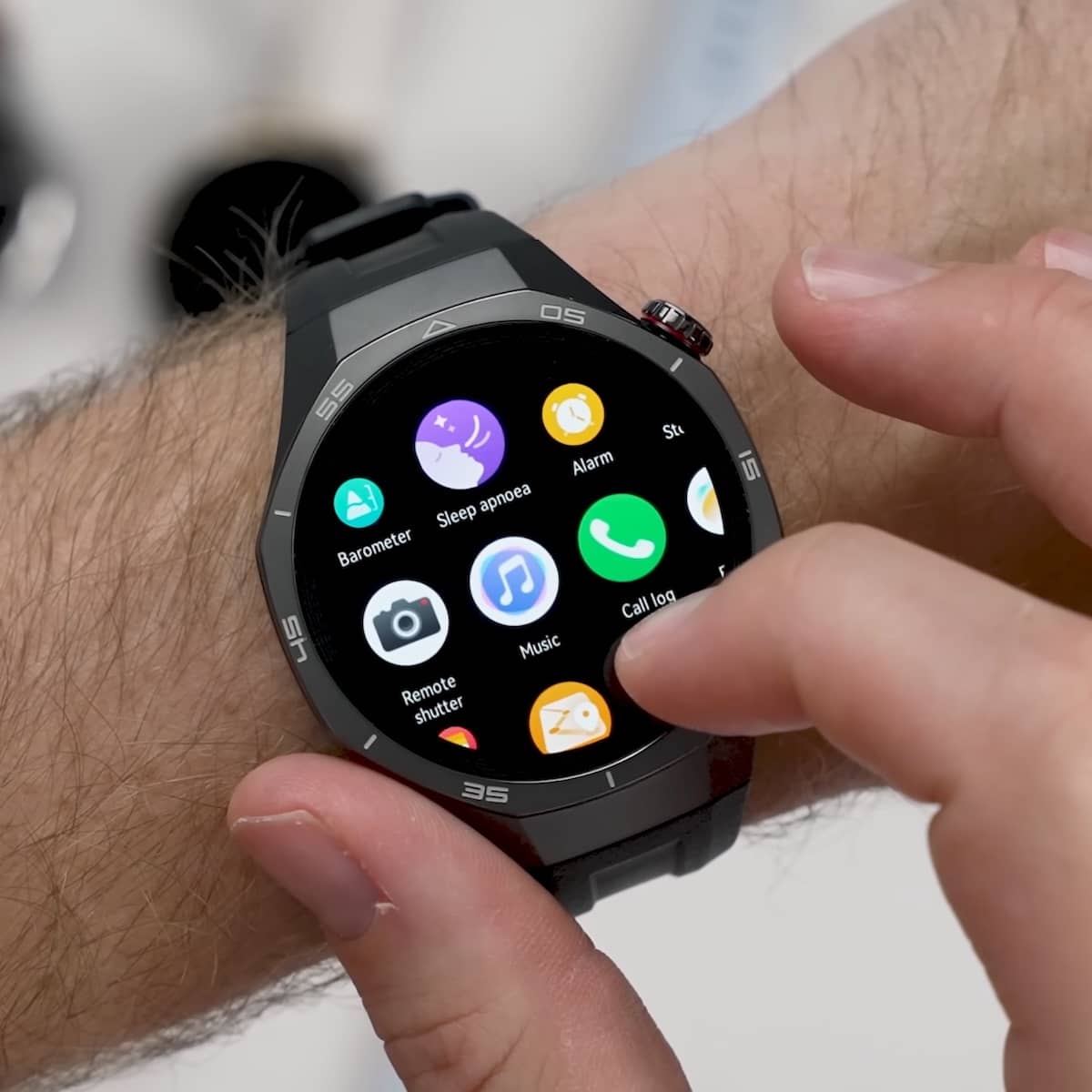
Endurance tech check – Apart from the smaller physical dimensions, the AMOLED screen drops to 1.32 inches on the smaller version. Further differentiating the two items, the smaller ‘Ceramic’ smartwatch is encased in an attractive nanocrystalline ceramic material, whereas the larger 46mm edition is protected by a titanium alloy case. Moving on, there’s an accurate ECG sensor, depth sensor, temperature sensor, optical heart sensor, and the usual motion sensitive accelerometer and gyroscope. Clearly, the Huawei Watch GT 5 Pro is as well equipped for workouts and health tracking as any other device in this review.
What’s not on hand—or wrist— to use is Wear OS. Huawei devices use HarmonyOS, which is currently in its fourth iteration and not as proven an operating system as the more popular Google option. It’s difficult to picture any operating system, other than iOS, having the third-party power found on the Play Store. At any rate, minor quibbles aside, the 5ATM swimming and IP69K temperature, dust, and waterproofing infused into the device means exceptional outdoor adventuring and outdoor activities, plus there’s a speaker and microphone duo provided, keeping our commands coming while we pushed through the pain barrier on a gym elliptical.
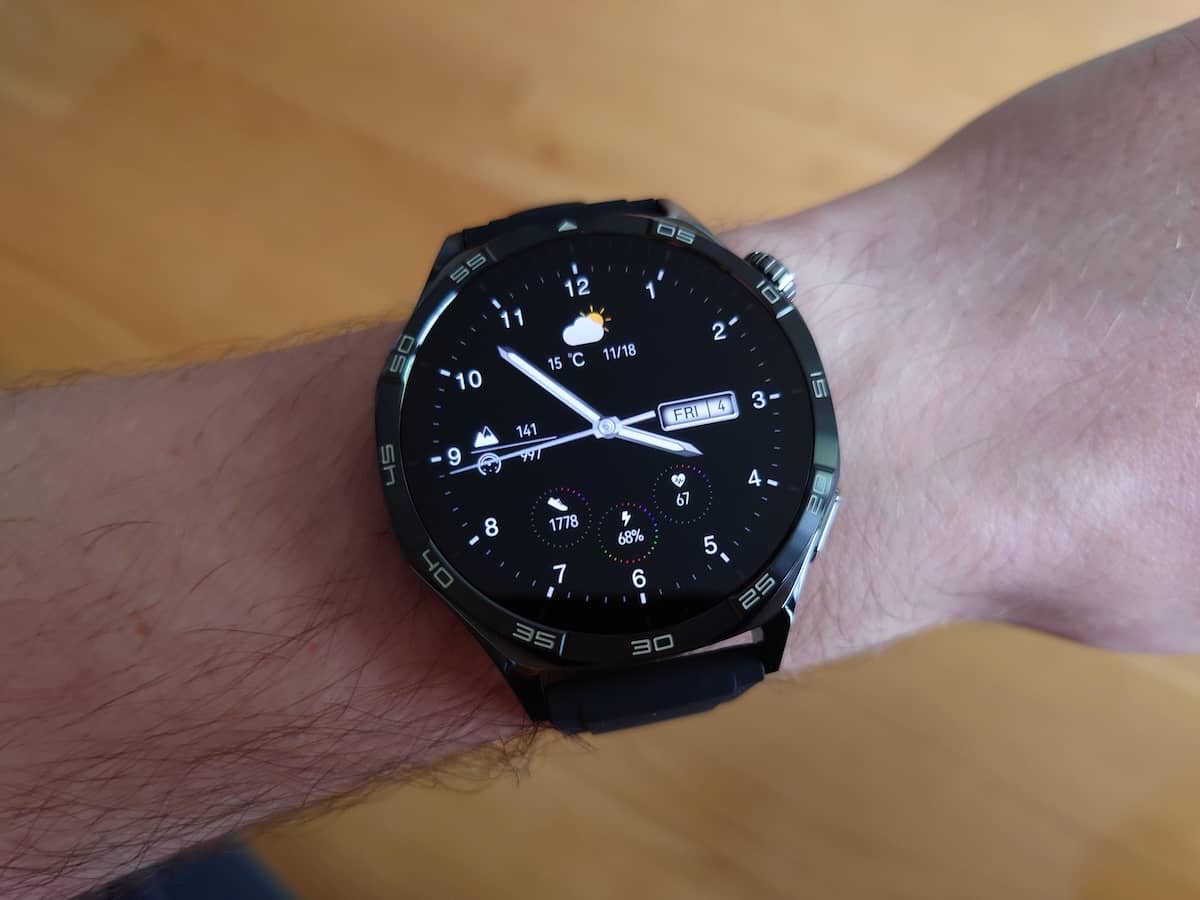
TicWatch Pro 3 Ultra Smartwatch
The review team in our office isn’t as demanding as some, but that doesn’t mean we’ll tolerate substandard devices. We accept only the best. Entering as a budget-friendly candidate, a smartwatch that this time offers Wear OS compatibility, we’ve decided that the TicWatch Pro 3 Ultra, although not as celebrated as other popular brands, fulfills our mandate. It delivers impressive wearable features at an entirely affordable price point. Wondering about advanced GPS and Glonass tracking? They’re there as well.
First up, the TicWatch Pro 3 Ultra has a powerhouse engine sitting behind its 1.4 inch AMOLED screen. It’s a Qualcomm Snapdragon Wear 4100 processor with built-in Wi-Fi 802.11b/g/n and Bluetooth 5.0. These are workhorse electronic parts, but they’re also built to sip energy, not slurp it all up in one gulp. Completing that stellar hardware configuration, a blood oxygen SpO2 sensor and highly accurate heart rate sensor kept monitoring vital statistics, informing the smartwatch software of cardio activity and respiratory issues, too.
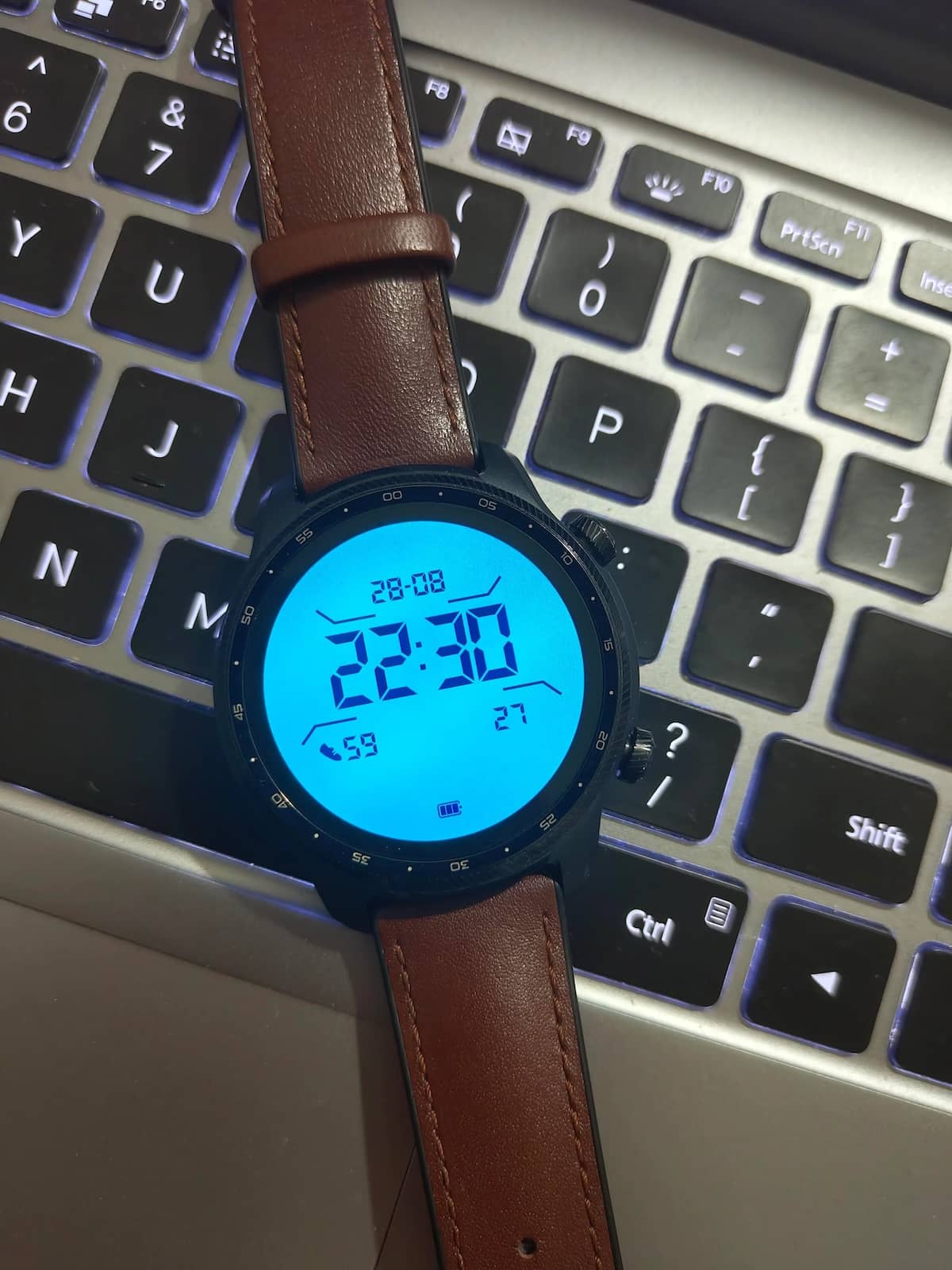
We’d normally suspect a bias towards electronic design when looking at the above features, but that’s simply not true. The TicWatch Pro 3 is made out of a durable alloy, rated to MIL-STD-810G standards and protected by Corning Gorilla Glass. One marketing executive in the office said he wouldn’t be surprised if the manufacturers used a ‘can take a knock and keep right on ticking’ tagline, but we forgave him and didn’t terminate his position, this time.
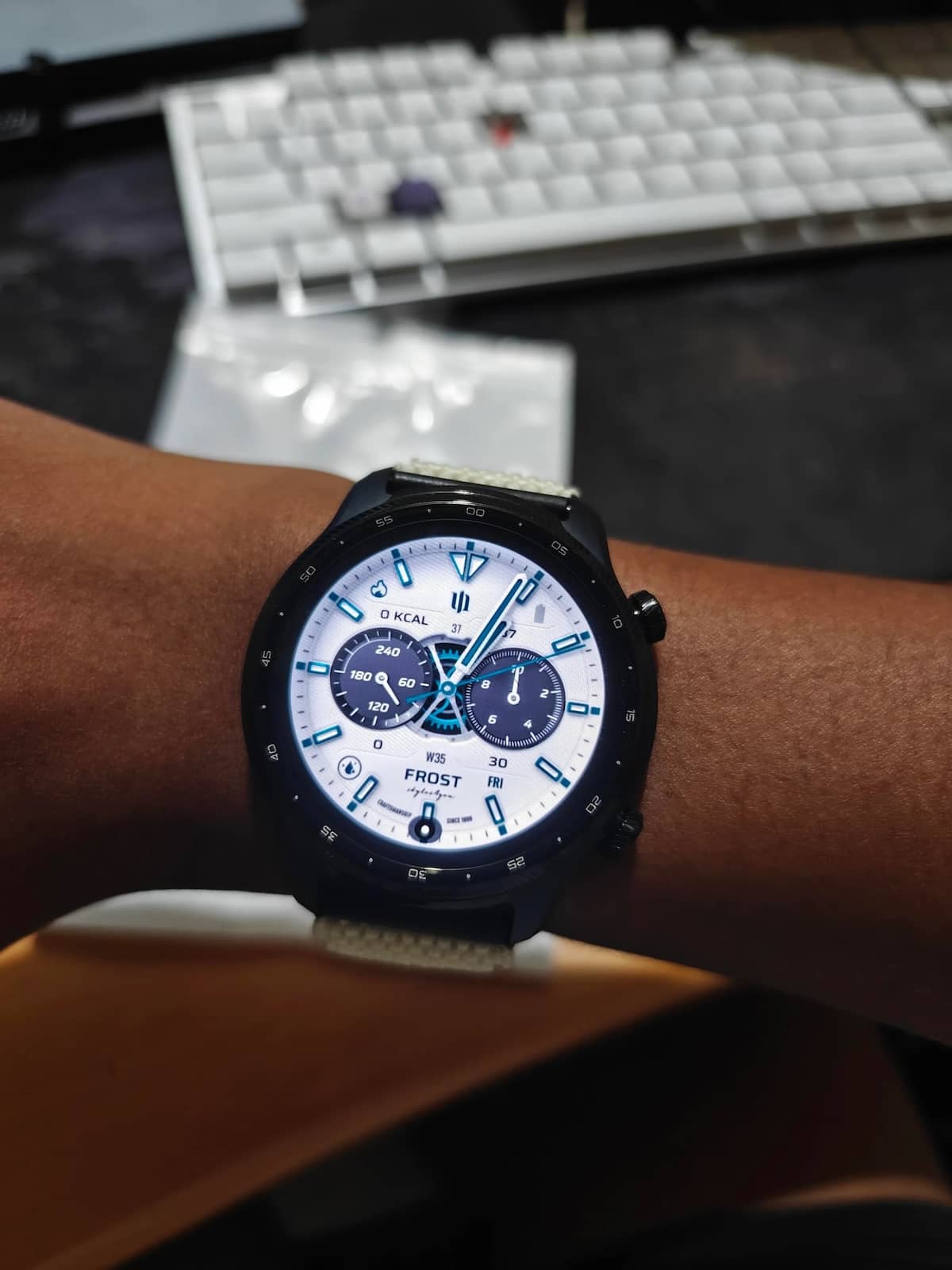
Garmin Enduro 3 Smartwatch
The battery-extending clue is in the name. Admittedly, it’s also probably a nod to the smart timepiece’s target user base. So endurance athletes are likely to find themselves strapping on this 51x51x15.7mm AMOLED smartwatch and using its Power Sapphire protected screen to consult Satiq enhanced multiband GPS maps when taking part in their latest Iron Man competition. A twist on the smooth-lock titanium strengthened bezel takes the distance athlete back to the heart rate interface, which is briefly consulted before they jump into freezing cold water to start the next stage of the race.
Our review team doesn’t contain any Iron Man winners, but we’ve all done a few 5K runs for charity. We know from experience that this is quite possibly the best smartwatch with long battery life that an ultra-marathon runner can own. The heart rate sensor is paired with a pulse oxygen sensor, informing you of respiratory health when a race hits high altitudes with thin air. Garmin even fits their own ECG App, intent on seeing the wearer crush their competition. Elsewhere, not quite feeling the Iron Man spirit, our reviewers dropped out of their jog to shop watch faces on the Connect IQ Store.
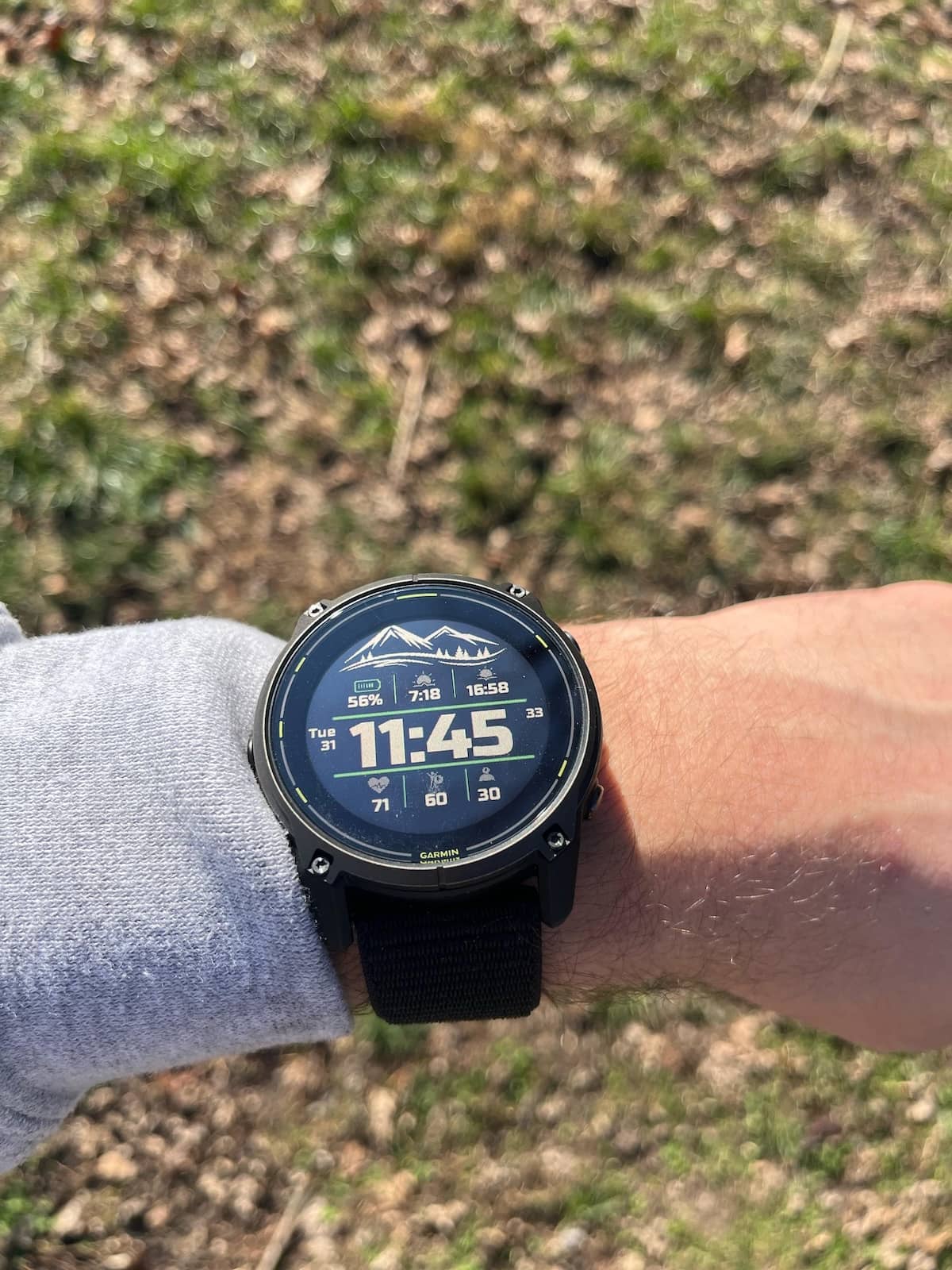
That’s the cue to explore device charge longevity. A massive 320 hour smartwatch lifespan—in GPS mode—lives inside a lightweight 63g case, keeping the watch active so that outdoor enthusiasts can stay on track for days on end. If that’s not long enough, you’re planning on becoming the next Bear Grylls survivalist, then the solar charging feature increases that already lengthy battery lifespan to 90 days. Built-in LED flashlight and all, the VO2 max capable Enduro 3 stubbornly works to measure cardiorespiratory fitness and workout stamina, providing all the wrist-mounted motivation you could ever need for your toughest strength training activities.
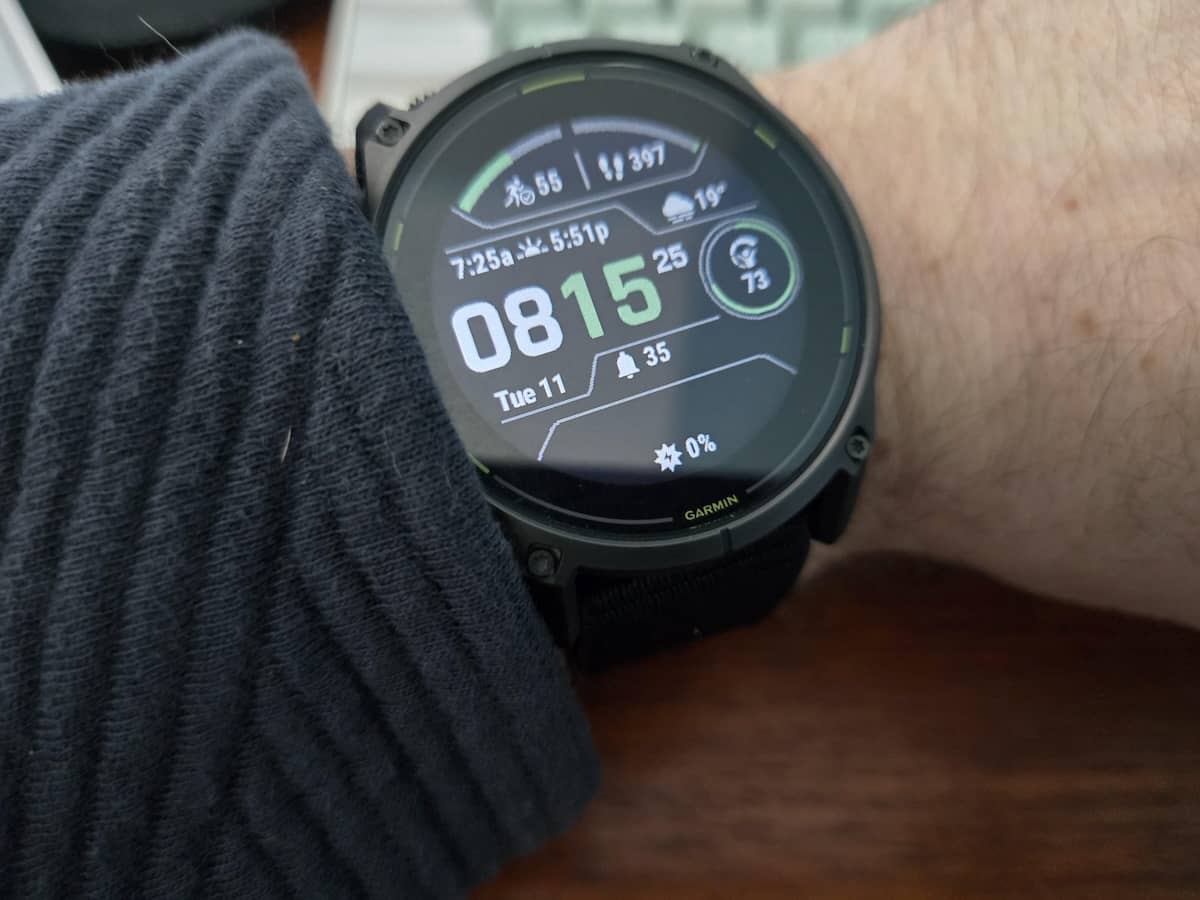
Buy a Smartwatch that Outlasts the Rest
It’s tough to find a workout and outdoor training smartwatch better than the Garmin Enduro 3. It’s the best at what it does. Even so—especially given the high price tag—this might just be buyer’s overkill. Unless you’re an Iron Man contestant in training, it’s not the best smartwatch for long battery life for regular mortals. If you’re about to climb Mount Everest or spend a month in a survivalist contest, so be it, that’s the watch to beat. The Apple Watch Ultra 2 strikes a perfect balance between performance and battery life, the number of well-reviewed Apps and medically accurate sensors simply serving to reinforce that point.
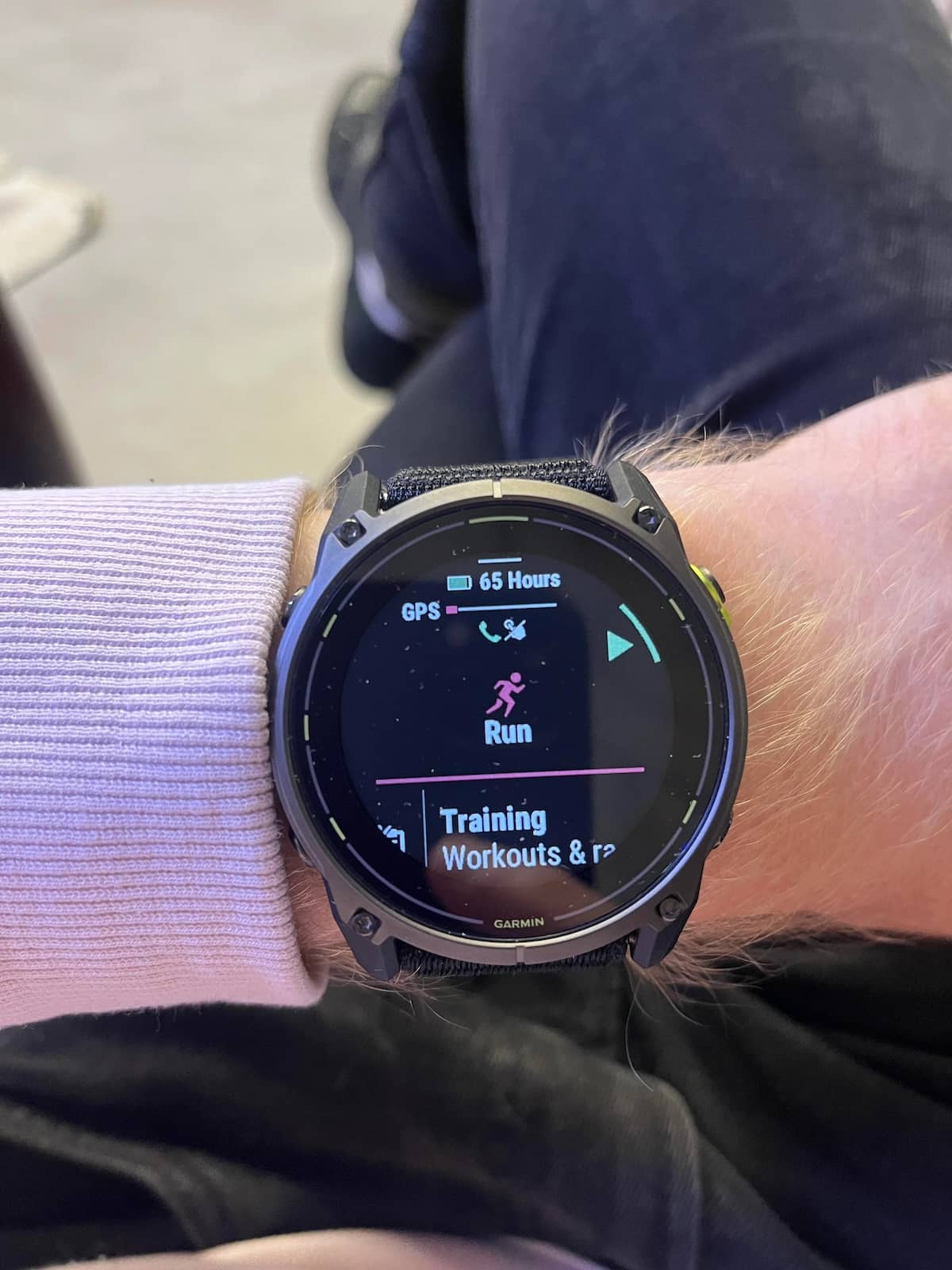
Any of the Garmin battery savers should hit the mark with hikers. We city types split our time between the office and the gym, heading home after a light sweat has broken out on our foreheads. For our testers and regular smartwatch owners, we want to keep pace with long daily routines and not be forced to hook up our brand new wearable every time the sun sets. Several days, at least, of on-wrist operation is the Holy Grail, with an always on display radiating the time and fitness goals, heart rate and Wi-Fi notifications.
If the always on feature is too much to ask for, the device should intelligently pop its watch face to life at the twist of a wrist. At any rate, done and dusted, these battery beasts are the way to go. Keep your eye on the trail—or at least the next coffee shop—and your long-lasting smartwatch will take care of the rest.
![Apple Watch Ultra 2 [GPS + Cellular 49mm] Smartwatch with Rugged Titanium Case & Blue Ocean Band. Fitness Tracker, Precision GPS, Action Button, Extra-Long Battery Life, Bright Retina Display](https://m.media-amazon.com/images/I/41HEae62LxL._SL500_.jpg)





